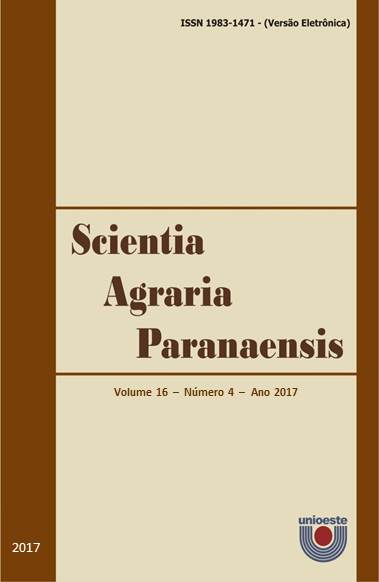Critical review: cholesterol and fat-soluble vitamins on shrimp feeding
Palavras-chave:
carotenoids, cholesterol, fat-soluble vitamins, nutritional requirement, phospholipids, syndromes.Resumo
Lipid quality on shrimp nutrition is very important, especially regarding to its content of essential substances. Nutrient intake is instinctively adjusted when animal selects its feeds in the wild. In captivity, it is possible to observe the cholesterol requirement, as in shrimps, as in other crustaceans, since they do not possess the ability to synthesize this indispensable nutrient for animal survival and development. Cholesterol is a relatively small part of the essential lipids for shrimp, and cannot be replaced by phytosteroids. Since cholesterol is the precursor of the ecdisone hormone (which controls molts), it is particularly more necessary during larvae stages. Also, fat-soluble vitamins are vital for shrimp growth. However, vitamins D and K functions are still partially known, because the premises of their functions in vertebrates have no equivalent in crustaceans. In this sense, only the relevance of vitamin E to protect PUFA has an explanation so far. On the other hand, the carotenoid astaxanthin appears to be as effective as an antioxidant that is difficult to justify the need for tocopherol. Dietetic imbalance in essential lipids turns shrimps susceptible to opportunistic infections. This review describes the cholesterol and fat-soluble vitamins importance in shrimp feeding.
Downloads
Publicado
Como Citar
Edição
Seção
Licença
Aviso de Direito Autoral Creative Commons
Política para Periódicos de Acesso Livre
Autores que publicam nesta revista concordam com os seguintes termos:
1. Autores mantém os direitos autorais e concedem à revista o direito de primeira publicação, com o trabalho simultaneamente licenciado sob a Licença Creative Commons Attribution que permite o compartilhamento do trabalho com reconhecimento da autoria e publicação inicial nesta revista.2. Autores têm autorização para assumir contratos adicionais separadamente, para distribuição não-exclusiva da versão do trabalho publicada nesta revista (ex.: publicar em repositório institucional ou como capítulo de livro), com reconhecimento de autoria e publicação inicial nesta revista.
3. Autores têm permissão e são estimulados a publicar e distribuir seu trabalho online (ex.: em repositórios institucionais ou na sua página pessoal) a qualquer ponto antes ou durante o processo editorial, já que isso pode gerar alterações produtivas, bem como aumentar o impacto e a citação do trabalho publicado (Veja O Efeito do Acesso Livre).
Licença Creative Commons
Esta obra está licenciada com uma Licença Creative Commons Atribuição-NãoComercial-CompartilhaIgual 4.0 Internacional, o que permite compartilhar, copiar, distribuir, exibir, reproduzir, a totalidade ou partes desde que não tenha objetivo comercial e sejam citados os autores e a fonte.


